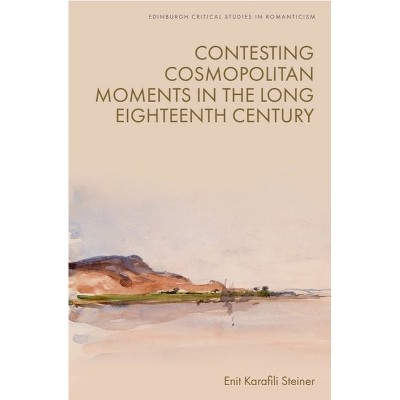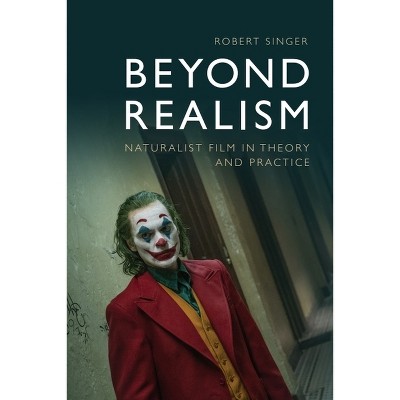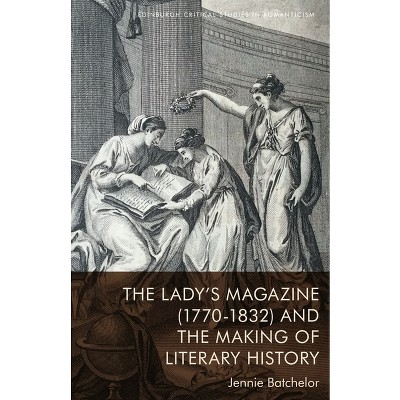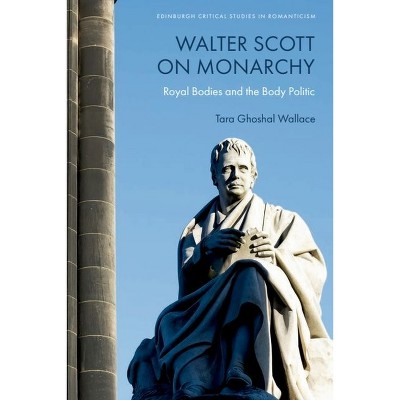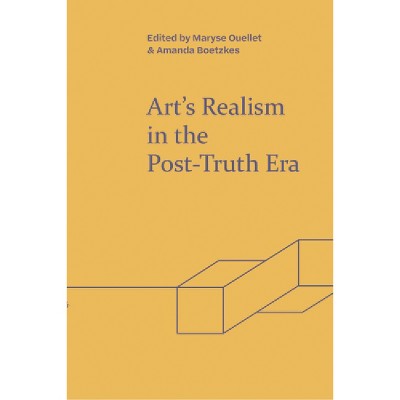About this item
Highlights
- Since Plato's Republic, mimesis -- the artwork's tacit claim to reflect or imitate real life -- has faced a near-constant stream of assaults, being accused of naturalising a supposedly uncomplicated relationship between world and fiction.
- Author(s): Polly Dickson
- 240 Pages
- Literary Criticism, Modern
Description
About the Book
Examines the role occupied by the senses and the self in approaches to literary mimesis in nineteenth-century European literature
Book Synopsis
Since Plato's Republic, mimesis -- the artwork's tacit claim to reflect or imitate real life -- has faced a near-constant stream of assaults, being accused of naturalising a supposedly uncomplicated relationship between world and fiction. Lines of Mimesis offers a revisionary account of mimesis. Specifically, it proposes a rethinking of the representational attitudes of two literary schools usually understood to be at odds with one another -- Romanticism and Realism -- through close readings of writings and drawings made by two figures usually taken to be proponents of those schools respectively: E. T. A. Hoffmann and Honoré de Balzac. Across these readings, Dickson argues that a more capacious understanding of mimesis is achieved when we understand it to pertain not to the reduplication of objects in the world, but to a negotiation of the subject's sensory entwinement with those objects. This new understanding can, in turn, more closely illuminate an artwork's own reflections on its relationship to the world, shedding light on the entanglements and crossovers between Romanticism and Realism.
Review Quotes
With its clear focus, this book is a must-read for anybody working on realism, mimesis, and the Franco-German cultural exchanges in the 1820s and 1830s -- all discourses that will benefit greatly from this new and inspiring study.--Dennis Schäfer, Princeton University "Oxford German Studies"
I know of nothing quite like this bold, innovative and endlessly intriguing way of juxtaposing a range of binaries: concepts, movements and authors. This is a book not to miss.
--Christopher Prendergast, University of Cambridge[Romanticism, Realism and the Lines of Mimesis] invites questions about the function of mimesis and linear figuration in other geo-cultural instantiations of Romantic and realist literature beyond the ones that occupy centre stage here. One hopes that Dickson will continue to explore these broader implications in future work, given how insightful and dynamic the present readings are. Every page showcases her keen talents as both a critic and a stylist; under her pen, subject-matter that otherwise might have drifted towards the stodgy (e.g. modernism's reception of Platonic aesthetics) is crisp and engaging.--Alexander Sorenson, Binghamton University "Modern Language Review"
Mimesis constitutes realism, fantasy Romanticism? Polly Dickson examines how algorithmically entwined and logically unstable mimesis and fantasy actually are. This lucid and erudite investigation of writers from Plato to Wilde discloses a new Hoffmann and a new Balzac, a new Romanticism and a new realism.--Nicholas Saul, Durham University

